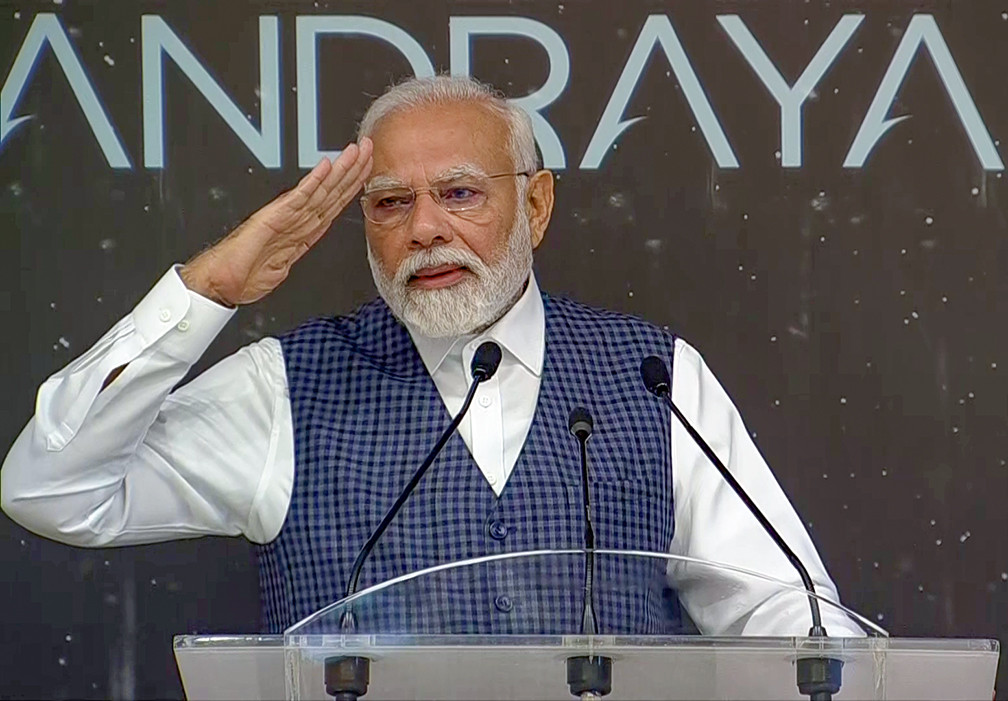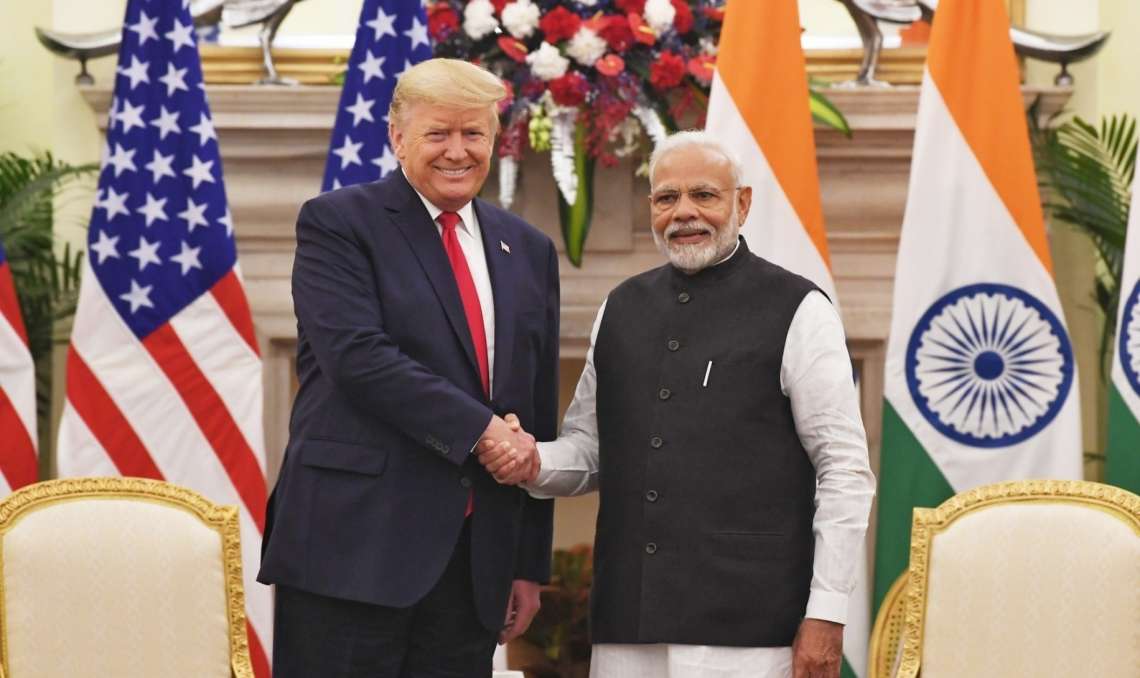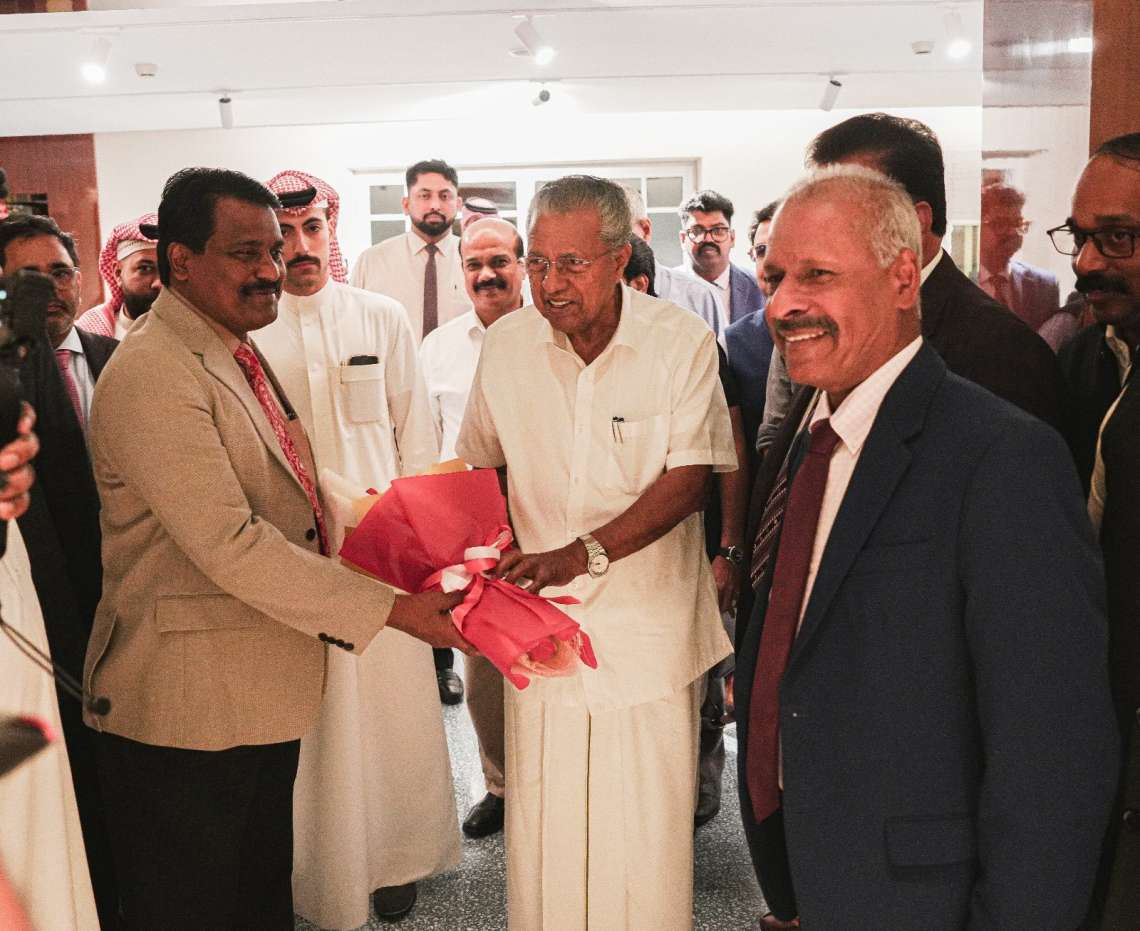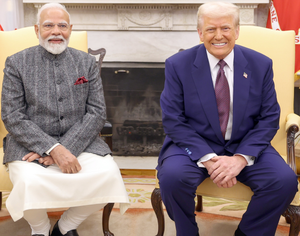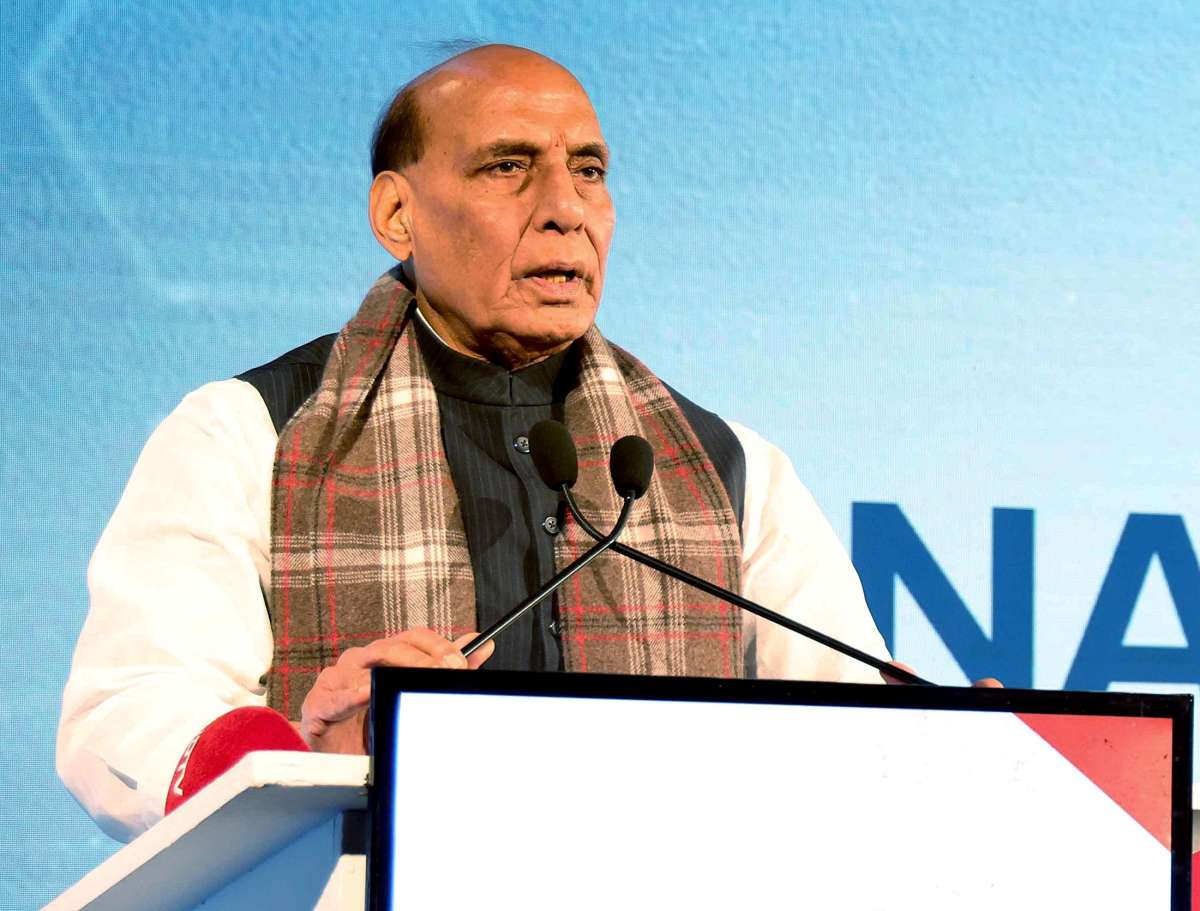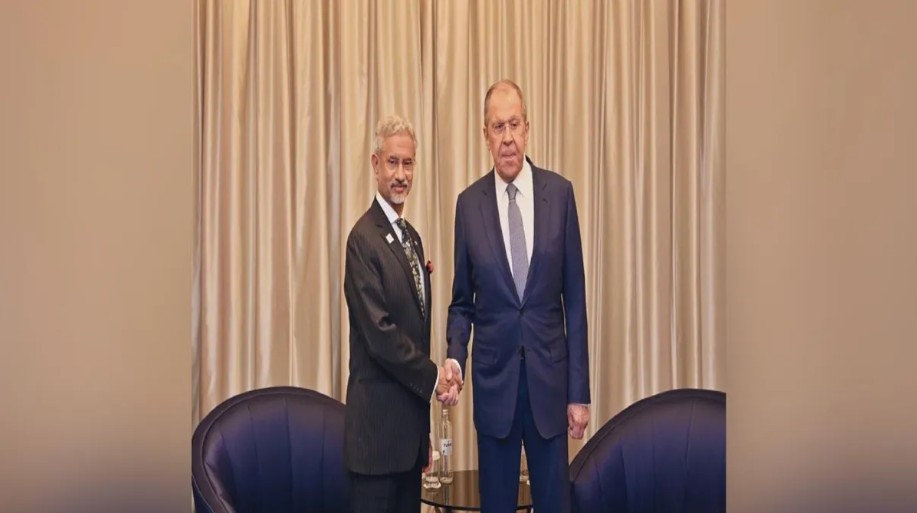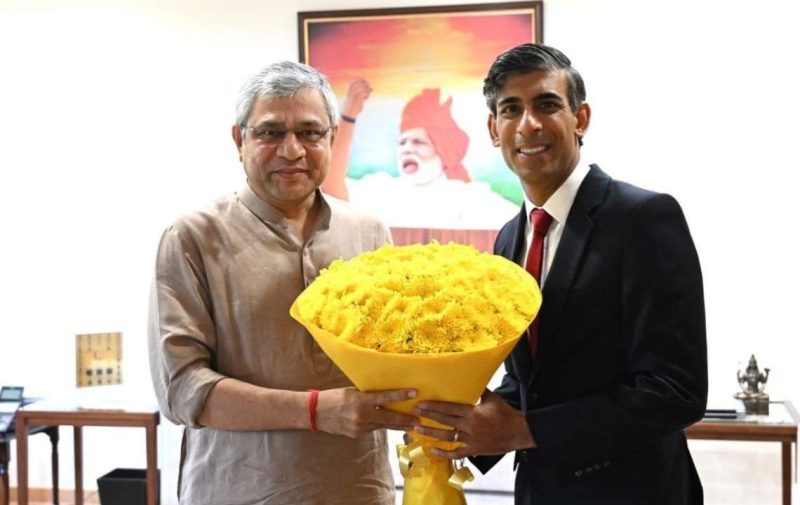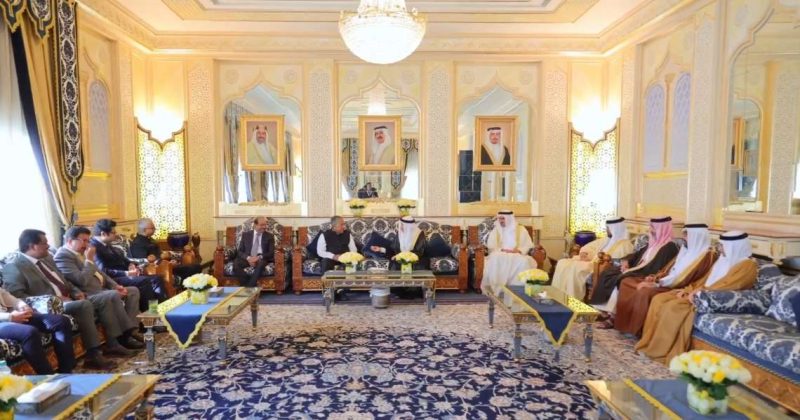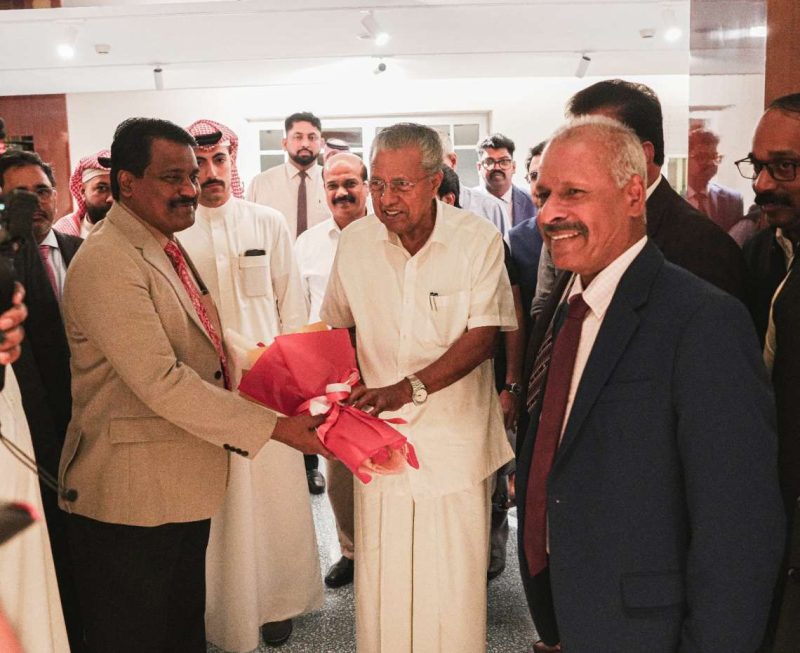While struggling economies in Africa engulf themselves in ideological battles and take sides in the tariff battles, nations like India are placing their national interest first and navigating Global Trade challenges in their interest…writes Phapano Phasha
THE current US/China trade war has truly exposed how weak Africa is from a global economic and geopolitical perspective compared to countries such as India, which has managed to leverage the tariff crisis.
As the global landscape faces increasing challenges from trade wars, rising tariffs, and economic uncertainty, particularly with the protectionist policies of US President Donald Trump, many nations struggle to navigate these turbulent times. Meanwhile, India is experiencing remarkable growth.
Why? What is really driving India’s success when African countries are just passive observers in this battle of the titans?

It is important to recall that in 2023, and for the first time in the history of the G20, the African Union (AU) was made a permanent member of the G20, comprising the world’s richest and most powerful countries. This was an initiative led by Indian Prime Minister Narendra Modi in his capacity as chair of the G20 that year, to include the representative of 54 African member States who are part of the AU.
The mastery and prowess of this former British colony to influence the Global North and advanced asian nations to accept Africa into the global table should have struck a nerve to African leadership that India has finally arrived and is securing its place as a decisive player in the new world order.
India’s rise lies in its vast domestic market, human capital, robust industrial base, strategic policies that instil confidence in investors, but more importantly, the diplomatic prowess of Modi.
India which was once poorer than most African nations in 1990 now attracts more foreign direct investments than all 54 African Union member countries
Since 2023, India has surpassed the population of mainland China, which is grappling with an ageing and declining population that poses serious social and economic challenges. According to Mckinsey Global Institute, by 2050, China’s ratio of working-age people to pensioners is projected to fall to 1.9, below France (2.0) and the US (2.6), while if India leverages on its population, it is projected to be the second largest economy in purchasing power parity in 2050.
Against this backdrop, India’s unparalleled population size has fueled demand for goods and services, which the current BJP Government has managed to indigenise, ranging from food and electronics to strategic minerals, vehicles and clothing. This inward supply chain pivoting is one of the reasons why India remains resilient and self-sufficient, despite the global trade meltdown.

The catalytic “Make in India” Initiative by Modi, which was initiated in 2014, has become a case study for many emerging economies where the government actively encouraged policy-driven localisation, promoting both domestic and foreign firms to produce goods locally rather than depending on imports.
This strategy to turn the 1.4 billion Indians to consume their products has not only led to job creation but also reduced reliance on volatile global supply chains.
The million-dollar question that pundits are now asking is how bigger India will grow if the country also leverages its youth and women’s dividend. It is estimated that more than 500 million Indian women are missing from the labour market. India, therefore, has an opportunity to also leverage the women/youth demographic and catapult its place on the global stage even further.
India which was once poorer than most African nations in 1990 now attracts more foreign direct investments than all 54 African Union member countries combined Africa’s over reliance on raw minerals, debt mismanagement, chronic instability, power shortages, lack of infrastructure, corruption drain, fragmented markets, blame game and victimhood has the continent lagging if not holding dear to life to ensure it doesn’t drown.

The world is, unfortunately, not waiting for Africa to catch up; our dangerous delusion that the world owes us and that we can negotiate our way through “our” minerals was proven to be a fallacy by these tariff wars.
India’s consistent economic policies and meritocratic human ingenuity have turned the country into an attractive destination for long-term investments for companies such as Apple, Samsung, and Tesla.
It is not a coincidence that Indian-born Silicon Valley chief executives are part of a four million-strong minority group that is among the wealthiest and most educated in the US. Indian born engineers and scientists dominate and are the backbone behind the US Scientific and Fintech industry.
While struggling economies in Africa engulf themselves in ideological battles and take sides in the tariff battles, nations like India are placing their national interest first and navigating Global Trade challenges in their interest.

Over and above that, India’s diversified trade partnerships with both Western (US, Europe) and Eastern (China, Russia, Africa) economies ensure it has multiple avenues for global competitiveness. This diversification in trade and diplomacy protects India from the impact of unilateral trade policies and enables it to navigate global tensions effectively.
This diplomatic agility has solidified India’s position as a key player in international markets, unlike many African nations that often find themselves on the sidelines, observing rather than participating in dynamic trade negotiations, Yet leading in cold war rhetoric.
(Phapano Phasha is the chairperson of the Centre for Alternative Political and Economic Thought, whose focus is on the Global South and BRICS Plus countries)


